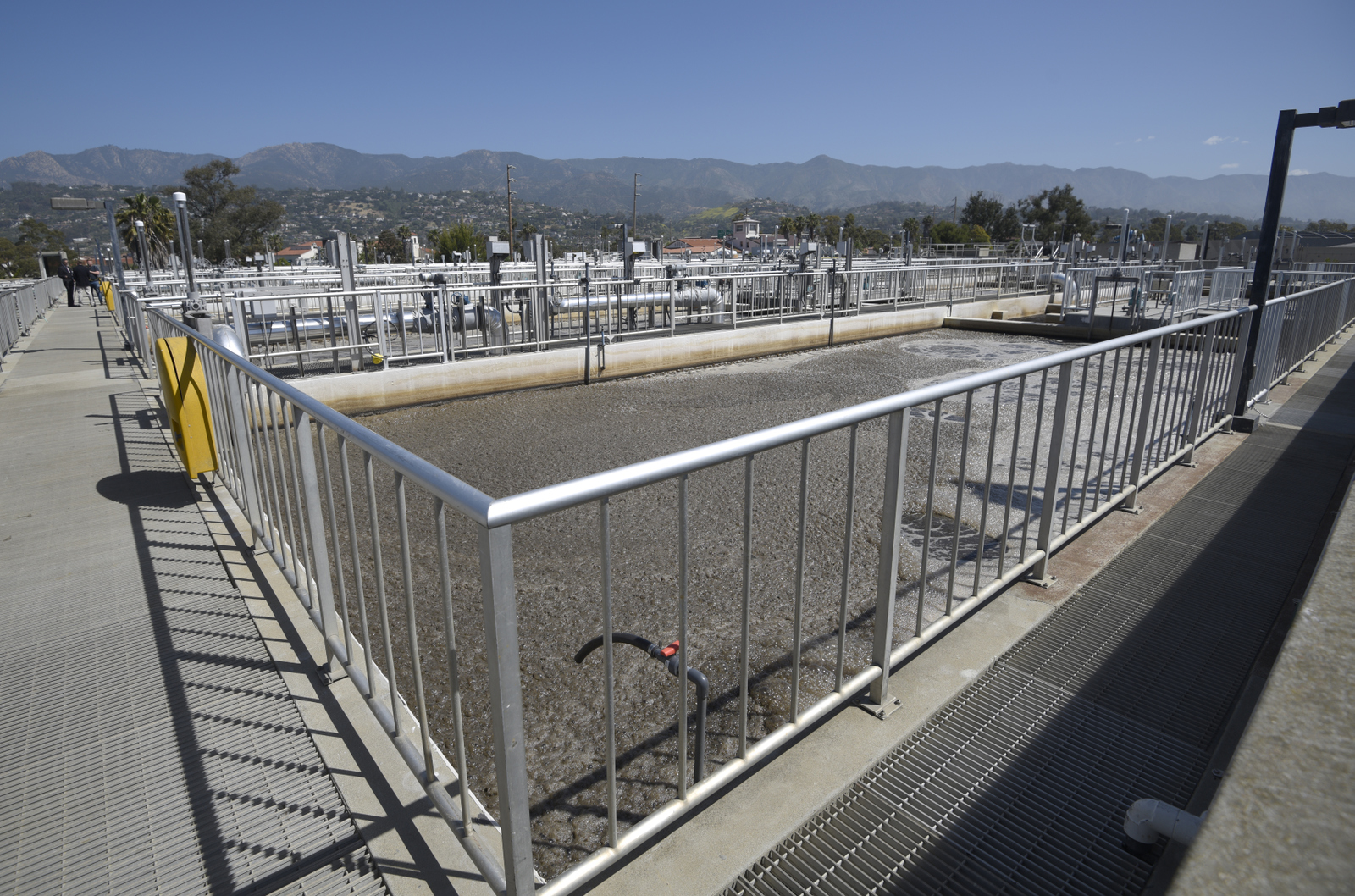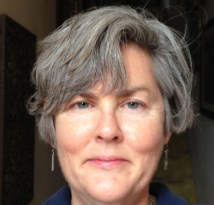Could Poop Hold the Key to Measuring COVID-19 in the Population?
UCSB Researchers Start Analyzing Wastewater for Coronavirus

The coronavirus doesn’t just survive on doorknobs and surfaces. When we wash our hands or go to the bathroom, we shed virus into the waste stream, as well, said Laurie Van De Werfhorst, a UC Santa Barbara microbiology researcher. Just as sewage has become a repository of opioid and other chemical information about the upstream population, it’s being looked at by scientists trying to get a handle on SARS-CoV-2, the virus that causes COVID-19.

The work at UCSB is led by Dr. Trish Holden, a Bren School professor of environmental microbiology who is well-known for her investigations into high bacteria counts at Goleta Beach Park. Holden was in the lab processing samples on the day the Indy spoke with Van De Werfhorst because the social-distancing rules at UCSB limit the number of people in the labs. With funding from the UCSB Associated Students Coastal Fund, the research hopes to capture a picture of the quantity of COVID-19 in the community over time.
“We’re building an understanding of how SARS-CoV-2 circulates in the community by analyzing influent to the wastewater treatment plant,” Van De Werfhorst explained. “Can we detect it? Can we quantify it? How does it change over time? Is there a correlation with how many people are getting infected?” Testing the ways to find answers to those questions is their goal as their research gets underway.
Samples of influent from Santa Barbara and Montecito’s wastewater treatment plants are being collected and cells filtered out to be analyzed for virus content. Counting how much RNA exists from the SARS-CoV-2 virus is the next phase of the lab work.

The Netherlands was one of the first to begin using wastewater to detect coronavirus, Van De Werfhorst said, who’s been participating in national conference calls on research around the globe on the best methods and approaches to use. Isolating the virus involves the same procedure used to identify it in patients; whether the virus remains viable is an open question and beyond the scope of the UCSB research.
Van De Werfhorst said they wanted the method in place and results in a usable form before the second wave of coronavirus occurs, which is expected sometime in the fall.
At the Santa Barbara Independent, our staff is working around the clock to cover every aspect of this crisis — sorting truth from rumor. Our reporters and editors are asking the tough questions of our public health officials and spreading the word about how we can all help one another. The community needs us — now more than ever — and we need you in order to keep doing the important work we do. Support the Independent by making a direct contribution or with a subscription to Indy+.



You must be logged in to post a comment.